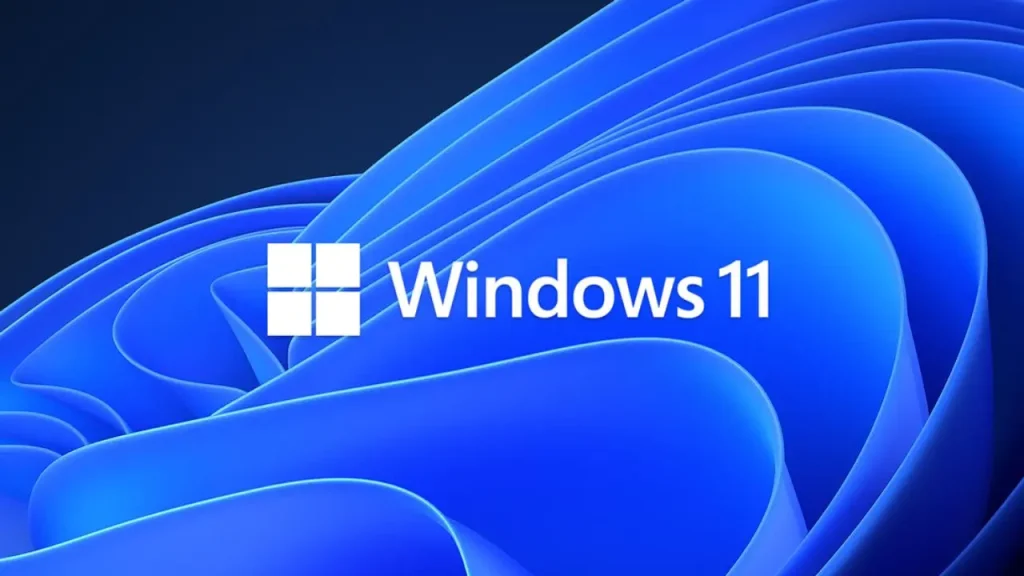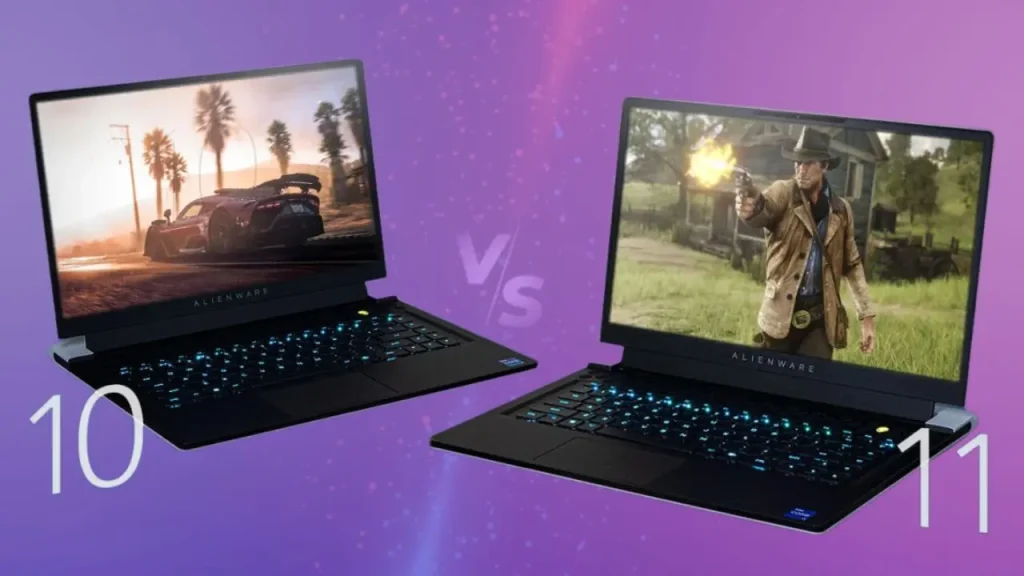When it comes to operating systems, stability is a crucial factor for users. In this comparison, we’ll explore the stability of Windows 11 and Windows 10, two popular Microsoft OS versions. Both have their strengths and weaknesses, and understanding their stability can help users make informed decisions. So, let’s delve into the details! ????️????
Windows 11: Stability Assessment
Certainly! Let’s delve into the stability assessment of Windows 11:
Positive Aspects:
- Solid Release: Windows 11 arrived with a stable foundation, comparable to its predecessor, Windows 10, and even the beloved Windows 7.
- Improved Hardware Support: The new OS provides better compatibility with the latest hardware, ensuring smoother performance.
- Long-Awaited Features: Users welcomed features like tabs in File Explorer, enhancing productivity and organization.
Minor Drawbacks:
- Taskbar Limitations: Some users found the taskbar options limited, especially regarding placement.
- Centered Taskbar Buttons: The centered taskbar buttons raised eyebrows initially, but users can adjust them to their preference.
Notably, the Windows 11 22H2 update addressed initial criticisms and further stabilized the system. However, like any OS, it isn’t flawless????????
Is Windows 11 Stable Yet?
Since its release in October 2021, Windows 11 has matured significantly in terms of stability. Here are some observations:
- Initial Concerns: Initially, users expressed concerns about compatibility, performance, and changes in the user interface. However, subsequent updates have addressed many of these issues.
- Current State: As of now, Windows 11 is stable for most users. It provides a smooth experience, especially on modern hardware.
- 22H2 Update: The Windows 11 22H2 update further enhanced stability, resolving minor glitches and improving overall performance.
- User Experience: Users report positive experiences, including improved multitasking, better virtual desktop management, and refined aesthetics.
Remember that individual experiences may vary based on hardware configurations and specific use cases. If you’re considering an upgrade, evaluate your needs and preferences. Windows 11 is stable, but like any OS, it’s not without occasional quirks. ????????
Technical Improvements in Windows 11
Let’s explore the technical improvements and new features in Windows 11. Here are some key enhancements:

1. Windows 11 Performance Optimizations
- Snap Assist Feature: Save time by choosing which screens you want to focus on most. The new Snap Assist feature allows efficient multitasking.
- Sleeping Tabs: Configure tabs to go dark after inactivity, saving resources. When you resume your PC from sleep, RAM stays energized, and other process threads run faster.
- Microsoft Pluton Security Processor: Built with Zero Trust principles, Pluton provides hardware-based root of trust, secure identity, attestation, and cryptographic services.
- Enhanced Phishing Protection: Safeguard work or school sign-in passwords against phishing and unsafe usage on websites and applications.
- Smart App Control: Block malicious or untrusted apps, including potentially unwanted apps that may impact device performance.
2. New Look and Interface
- Centered Taskbar Icons: The Taskbar icons are now centered, similar to Chrome OS, making it easier to launch apps from the Start Menu.
- Transparency and Clean Icon Design: Evolved Fluent Design System with subtle transparency, animations, and clean icon design.
- Widgets: Widgets deliver personalized feeds of news, weather, traffic, sports, and stock market data, powered by AI and Edge rendering.
3. Windows 11, Version 22H2
- Credential Guard: Enabled by default for Windows 11 Enterprise devices, enhancing security.
- Windows 11 Hardware Requirements: Ensure compatibility with Pluton-capable processors.
- Feature Updates: Delivered once per year, with Windows 11 Pro supported for 24 months and Windows 11 Enterprise for 36 months.
For more details, explore the Windows 11 IT resources and try Windows 11 for yourself at Windows Insider. Remember that Windows 11 is continually evolving, and these improvements enhance both user experience and IT management. ????????
Remember that individual experiences may vary, and it’s essential to evaluate your specific needs when considering an upgrade. ????????
Related Article: How to Activate Windows 11 for Free: Methods You Need to Know
User Experience and Interface Changes in Windows 11

The interface of an operating system plays a pivotal role in shaping user experience. With the release of Windows 11, Microsoft introduced significant changes to the user interface, aiming to provide a more modern and streamlined experience for its users. Let’s delve into some of the key user experience and interface changes in Windows 11:
Redesigned User Interface:
- Windows 11 showcases a visually refreshed interface compared to its predecessor, Windows 10. One of the most noticeable changes is the centered Start menu and taskbar icons, which offer a cleaner and more organized look. The Start menu now features a simplified design with a focus on app icons and a search bar, enhancing accessibility and ease of use.
Taskbar Enhancements:
- The taskbar in Windows 11 has undergone several enhancements to improve productivity and multitasking. Users now have the ability to group apps and customize the taskbar according to their preferences. Additionally, the new snap layouts and snap groups feature enable users to arrange and manage open windows more efficiently, facilitating seamless multitasking.
Integration of Microsoft Teams:
- Windows 11 integrates Microsoft Teams directly into the taskbar, providing users with instant access to communication and collaboration tools. This integration aims to streamline communication workflows and enhance productivity for both personal and professional users.
Fluid Animations and Transitions:
- Windows 11 introduces fluid animations and transitions throughout the operating system, creating a more immersive and responsive user experience. From opening apps to switching between desktops, these subtle animations add a touch of elegance to the overall interface, making interactions feel more fluid and natural.
Enhanced Touch and Pen Support:
- For touchscreen devices and devices with pen input capabilities, Windows 11 offers improved touch and pen support. The redesigned interface features larger touch targets and more intuitive gestures, making it easier to navigate and interact with the operating system using touch or pen input.
Overall, the user experience and interface changes in Windows 11 represent a significant step forward in modernizing the Windows ecosystem. With a focus on simplicity, productivity, and aesthetics, Windows 11 aims to provide users with a more enjoyable and efficient computing experience.
Windows 11 vs Windows 10 Stability
Let’s compare the stability of Windows 11 and Windows 10 based on available information:
1. Performance Testing
- TechSpot conducted performance tests using Intel Core processors. Here are some key findings:
- Windows 10 vs. Windows 11: Intel 10th and 11th-gen desktop CPUs should deliver comparable performance using either OS.
- Conflicting Reports: Some claim Windows 11 is much faster, while others suggest the opposite.
- Latency Increase: With the powerful Core i9-11900K, Windows 10 delivered better results, as the upgrade to Windows 11 increased latency by 5%.
- VBS Impact: Enabling Virtualization-Based Security (VBS) can impact gaming performance by up to 25% but is not exclusive to Windows 11.
2. Battery Life and App Performance
- Windows 11 is expected to have better battery life and app performance compared to Windows 10.
- It also resumes from sleep quicker, enhancing overall user experience.
3. Should You Upgrade?
- Windows 11 is actively improving and adding new features.
- If your PC is officially supported, consider upgrading for better support with modern hardware.
- If not, Windows 10 remains stable and reliable.
Remember that individual experiences may vary, so choose based on your specific needs and hardware requirements. Both OS versions have their merits! ????????️
Real-World Performance and Reliability
Let’s explore the real-world performance and reliability of Windows 10 and Windows 11 based on available data and testing.
1. Performance Testing
We conducted performance tests on a Dell Inspiron 14 7415 2-in-1 laptop under both Windows 10 and Windows 11 to assess the impact of the upgrade on everyday apps. Here are the key findings:
- Laptop Specifications:
- The Dell Inspiron 14 7415 2-in-1 is an everyday general-use laptop equipped with an AMD Ryzen 7 5700U processor and 16GB of memory.
- It represents the kind of machine that average users log in to daily.
- Benchmark Tests:
- We ran a set of benchmark tests on both operating systems to evaluate real-world performance.
- The tests included:
- PCMark 10: Simulates real-world office and productivity actions (video calling, spreadsheet work, etc.).
- Geekbench: CPU-crunching trials.
- Cinebench: Simulates a CPU-based image render in Maxon’s software.
- Photoshop Plugin: Tests actual app performance.
- Results:
- Windows 11 showed slightly better performance than Windows 10 in most tests.
- The improvements in Windows 11 include:
- Web Browsing Speed: Microsoft claims faster web browsing.
- Smaller Windows Update Files: Reduced update file sizes.
- Added Security: Enhanced security features.
- Considerations:
- Efficiency improvements in Windows 11 (e.g., smaller update files) don’t directly impact raw productivity power.
- Windows 11 offers a special user-friendly sauce on top of the base UI and potential performance gains.
2. Reliability and Compatibility
- Windows 11 has been shown to achieve a 99.8% crash-free experience in Microsoft’s testing.
- Compatibility: While Windows 11 may face initial compatibility issues, most Windows 10 applications work seamlessly on the new OS.
Remember that individual experiences may vary, and the decision to upgrade should consider your specific needs and hardware requirements. Both operating systems have their merits! ????????️
Conclusion
In conclusion, both Windows 11 and Windows 10 have their merits and considerations when it comes to stability and performance. Here’s a summary:
Windows 11:
- Offers a solid release with features like tabs in File Explorer.
- Improved hardware support for modern devices.
- The 22H2 update addressed initial criticisms.
- Consider upgrading if your PC meets the requirements.
Windows 10
- A reliable OS with long-term support until October 2025.
- Familiar user experience for many users.
- Occasional issues but generally stable.
Remember that stability can vary based on individual experiences and system configurations. Evaluate your needs and preferences before making a decision. Whether you choose the futuristic allure of Windows 11 or the tried-and-true reliability of Windows 10, both operating systems continue to shape our digital experiences. ????????️



















